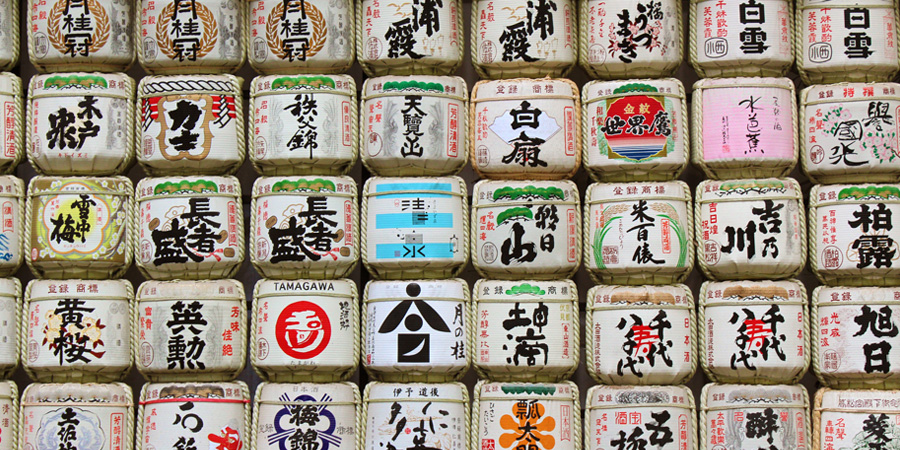To blend or not to blend? That is the question.
A question asked by many drinks professionals deemed one of the most common misconceptions. So why is this such a highly debatable topic? And how does this play into the mythical world of Sake?
To set the record straight, practically most of the alcoholic beverages we know are blended (cue mic drop moment…). As far as it goes, appreciating the rationale of why producers do it, would help consumers see through this Sake version of “The Matrix’s red pill or blue pill moment”.
Here are some reasons.
Consistency helps build brand power and consumer confidence. As much as we all love surprises, predictability ensures the mass that the brand can be trusted. We don’t have to look far beyond the pandemic to observe that most consumers tend to flock back to bigger, more established brands rather than craft during the distressed periods. Dionysus (Greek god of the grape-harvest) knows I love natural wines that are niche, cult and acquirable. However, primal instinct dictates and holds me back from exploration and diverts me to safety (Natural wines… another controversial topic for another time).
To quote an infamous mad Titan who nearly brought an end to another alternate universe, “Perfectly balanced, as all things should be.” Blending ensures not one element within the structural and flavour components stand out too much like a sore thumb. A pronounced aroma or flavour of something pleasant is not always a good thing. Technique is required to ensure that such components are in check, without one overpowering another.
The exemplification of a brewery’s style is showcased by the rich tapestry when tasting their house Sake. When given the exact same ingredients, two individuals may produce vastly different results. Hence blending is not just a means to an end, it is an art form. The recent trends from the likes of up-and-coming brands such as IWA 5 (crafted by former Chef de Cave at Dom Pérignon, Richard Geoffroy) and joint venture of Tanaka 1789 X Chartier show how styles can be expressed via the craftsmanship of blending.
Are there limits to what can be blended then? One would assume within legal means however you might be surprised of how liberal that definition can be.
Take rice types for instance, what you might expect in the wine world whereby different grape varieties are used in blends to make up for shortcomings or enhance fields such as aromas, are commonly used in the Sake realm as well. As a matter of fact, having a single variety is not as common as one might expect. Although Sake rice is considered premium as compared to table rice, naively assuming that having a larger percentage of table rice in the blend as a means to reduce cost would be an oversimplification of the matter. There are lots more at play.
Another integral part of the Sake production is yeast, which produces all the magnificent aromas that we know of which gives Sake its distinct characteristics. Blending of yeast types has also become a backroom art which distinguishes one brewery or product from another. To add to the complexity of the matter, besides cultured yeast strains from the Nihon Jozo Kyokai 日本醸造協会 (Brewing Society of Japan), there are a variety of yeast types from indigenous prefectural yeast, flower yeast to quirky ones like olive yeast, which can be used in the blend to produce marvellous expressions of Sake.
Our panel of experts are passionate and deeply knowledgeable in their area of interest. They are among the most respected names in the industry. We are proud to share the passion on One Cellar platform and would love the knowledge to be accessible by more.
Continue reading Academy Profile for more information or visit thebeverageclique.com directly and find out a course that interests you the most.
Click here to explore more Sake










